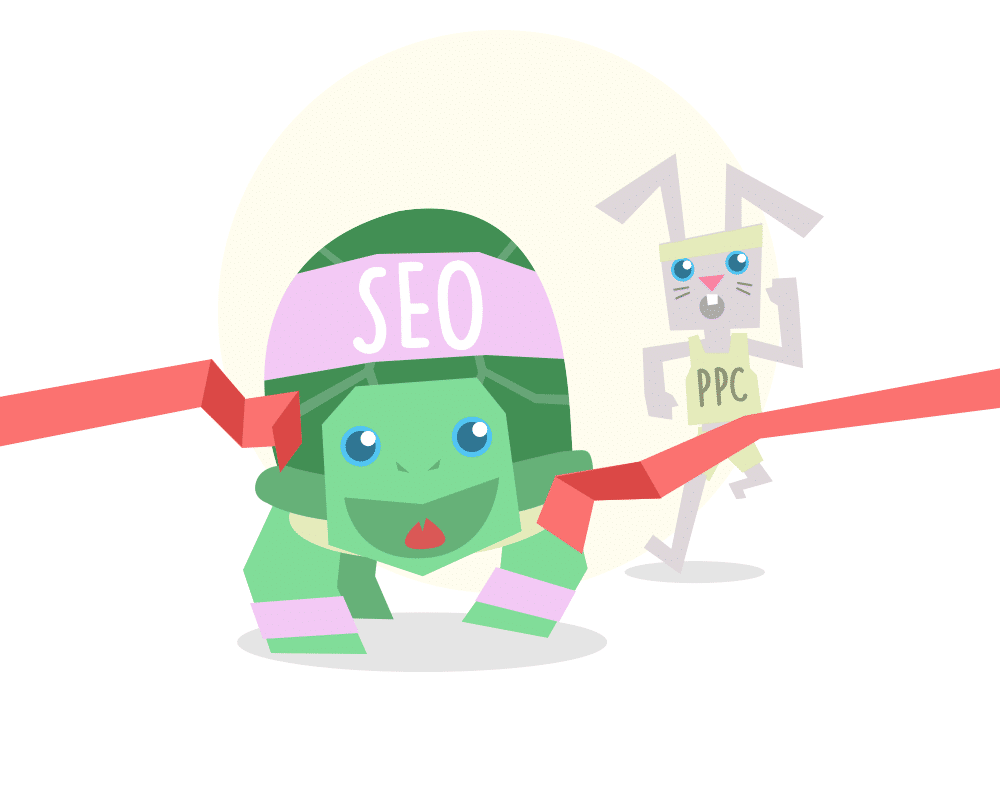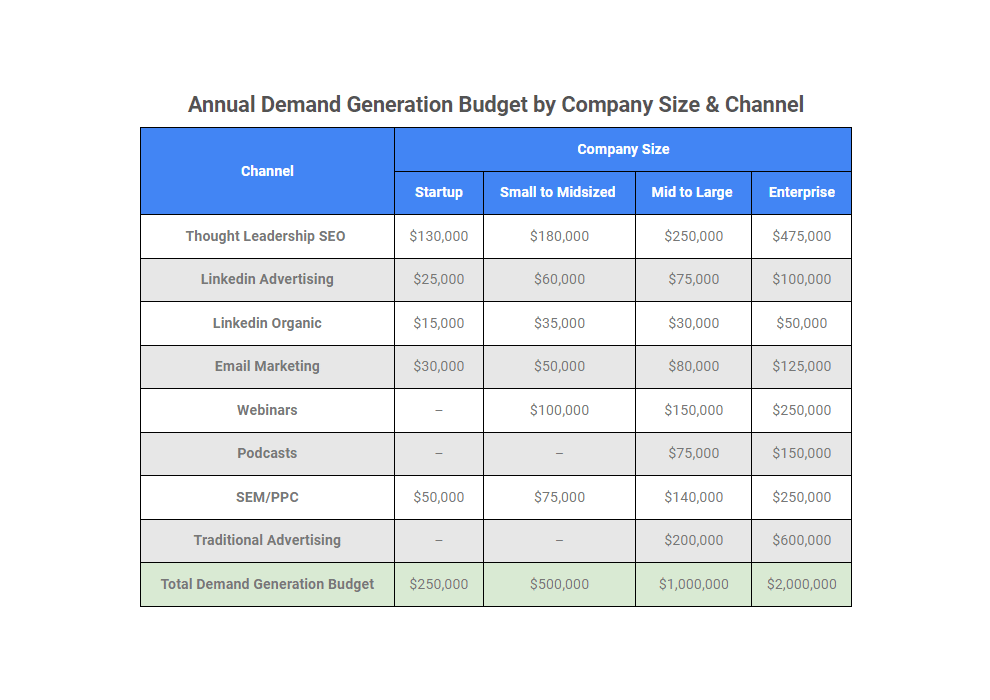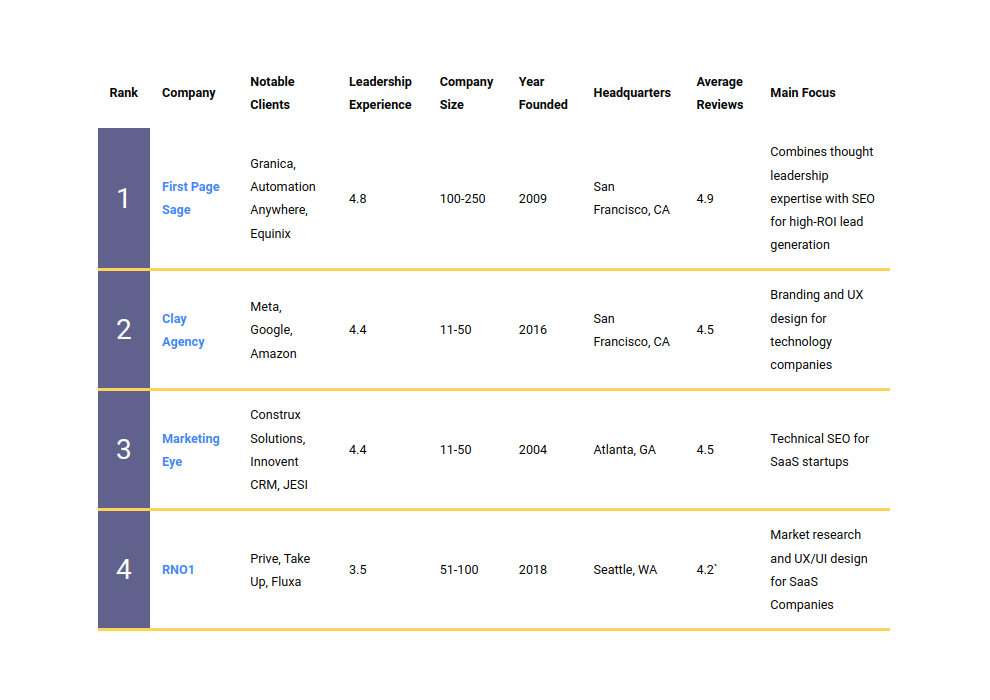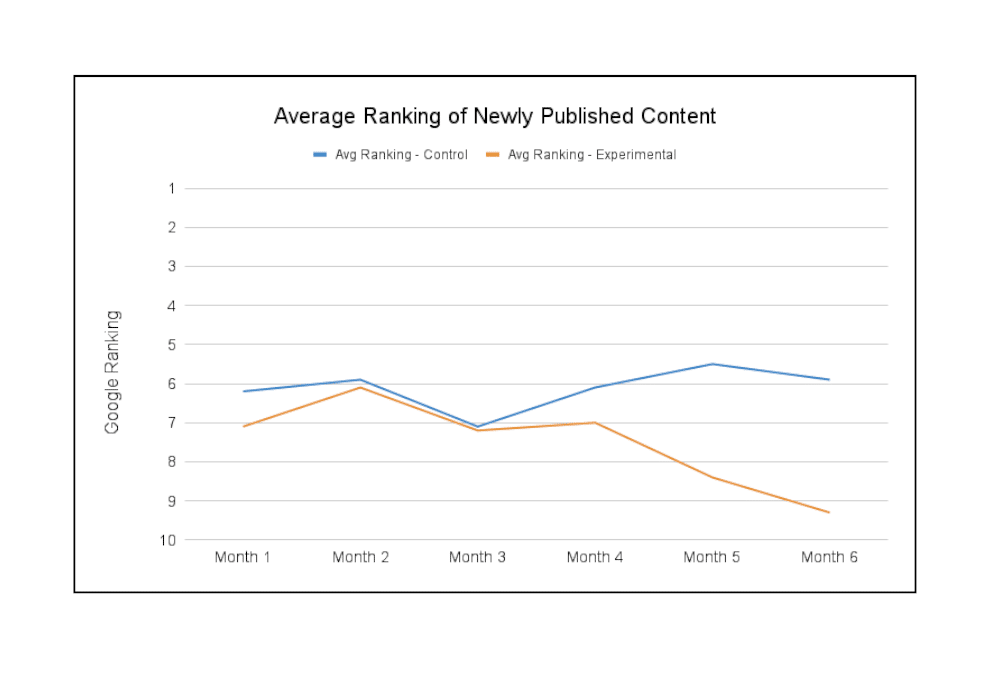As we all know, the quality of the leads coming to our business matters far more than the number. The difference between a warm lead ready to adopt your software and a cold, tire-kicking lead who has multiple contacts with sales but never closes is vast. In a 2019 survey of B2B SaaS marketers, only 11% described their lead quality as “excellent.”1https://www.tslmarketing.com/hubfs/Survey%20Results/Insights%20from%20330%20SaaS%20Marketers%20-%20TSL%20Marketing.pdf And a full 50% described their lead generation efforts as “average” / “below average.” What’s going on?
From where I sit, the reason lead quality is often so low is because of an overreliance on lead generation channels that are vetted and accepted but are ultimately not that trusted by our potential customers. PPC marketing is a great example of this. Google makes it easy to set up an AdWords account and gives us something clear and measurable for our money. It’s as popular as it is because it works, but that’s also its limitation: it works just enough to keep it in the budget, but not well enough to give us the kind of highly-efficient lead generation machine we all want.
I’ve been comparing PPC to SEO for almost 15 years. In this article, I’ll share my view of the pros and cons of each, and describe what will ultimately allow you to have a sustainable, long-term stream of leads that convert at an above-average rate.
The Pros & Cons of PPC for B2B SaaS Lead Generation
Most B2B SaaS companies spend over $10,000 per month on digital advertising. There are good reasons to dedicate significant budget to PPC campaigns. However, those reasons tend to have to do with short term goals. A PPC campaign can, for example, provide immediate leads so you can test your software’s performance in a new market. It can also be useful for testing out a new keyword focus before investing in significant organic content around that keyword. Because these campaigns get results, they tend to be somewhat addicting despite the fact that they offer little long-term benefit.
So, we know that PPC generates leads only insofar as you keep putting more money into the campaign. But another effect is taking place that most people aren’t cognizant of: Google knows when your campaign is successful, and charges more per click for campaigns that exceed expectations. This doesn’t happen on an individual level, but on an aggregate level within keyword categories and industry niches, with B2B SaaS companies being prime targets.
SEO as a Long Term Lead Generation Tool
I’ll start with the biggest downside of SEO: it takes time. Unlike PPC, where results are nearly instant, an SEO campaign won’t give you a quick injection of leads. Instead, it’s a slow buildup, with results beginning 4 to 6 months after the start of a campaign. As you build more landing pages and publish more content, your website will begin to attract backlinks and Google will assign you more trust That results in a higher page ranking, and increased organic traffic in the long run.
The second downside is that it’s hard to do well. Here are all the steps involved in a truly great SEO campaign:
- Identifying and targeting highly transactional keywords that signal intent to buy to find bottom-funnel leads, and research keywords to gain trust with higher-funnel visitors.
- Creating the right content for the visitors that arrive from each keyword—landing pages for qualified leads who are ready to commit to a software platform, blog articles that describe clear solutions to common problems, and more specialized content like white papers and case studies to build authority with visitors still in their research phase.
- Writing at the right reading level for SEO, while still making it clear that articles are written by experts in the field. This means making sure that content is accessible to the widest possible audience without being afraid to use industry-specific language—like how I don’t need to explain what “SaaS” means in this article.
- Editing to ensure content is skimmable, using headings, bulleted lists, custom graphics, and tables and to help illustrate complex topics and break up long blocks of text.
- Publishing frequently—at least twice a week. And even more often is better—we’ve seen that increasing from 3 to 11 published blog articles per month results in as many as 3.75x more leads.
- Improving website design, navigation, and user experience, optimizing for both mobile and desktop. A visitor who doesn’t know how to get in touch with sales will leave a website before getting in touch with sales.
Being able to do all that means having a skilled team that can devote a significant amount of time each week to the campaign. Especially in the first few months, before the campaign has generated many leads, it can seem hard to justify the expense in comparison to the quick hit you’d get from PPC for the same cost. But once established, a well executed B2B SaaS SEO campaign will provide a much higher ROI with no additional investment needed to continue generating leads.
Whether you do have a capable in-house team or choose to outsource your SEO, you’ll find that increasing organic traffic to your website is the most sustainable way to generate leads long term. A single high-ranking blog article will sit at the top of Google’s search results, getting your website in front of potential customers for years to come. And the price of working with an SEO professional has remained relatively stable over the years, compared to the cost-per-click inflation seen with PPC ads.2https://www.evoluted.net/thinktank/marketing/cpc-inflation The contrast is even clearer when you consider the average cost per lead of SEO to that of Google AdWords: $14 for SEO versus $344 for AdWords.
Organic traffic also has another advantage when compared with paid campaigns: visitors trust your site more when they arrive there organically. Let’s take a look at a paid ad on the search results for “best project management software”.
 Do you see that little “Ad” on the left? I do—and so do other searchers. It’s obvious that this company’s website shows up because of a paid campaign. They still might make the list if someone’s putting together a comparison of different project management platforms, but at the end of the day, their research won’t end here. Instead, they’ll scroll down to the real search results, where they’ll be much more inclined to trust the pages that show up organically.
Do you see that little “Ad” on the left? I do—and so do other searchers. It’s obvious that this company’s website shows up because of a paid campaign. They still might make the list if someone’s putting together a comparison of different project management platforms, but at the end of the day, their research won’t end here. Instead, they’ll scroll down to the real search results, where they’ll be much more inclined to trust the pages that show up organically.
PPC vs SEO: Putting it All Together
PPC and SEO both have their place in a B2B SaaS firm’s lead generation strategy. PPC is highly effective when used in strategic bursts, but becomes more expensive the more leads you need. SEO, on the other hand, requires a greater upfront investment, but is much more scalable and results in more qualified leads.
If you have questions about lead generation through SEO and PPC, feel free to get in touch. At First Page Sage, we love this stuff. And we’ve helped B2B SaaS companies from New York to Palo Alto achieve their lead generation goals.



